When it comes to strength training, the forearms are often overlooked—until grip fatigue ruins your deadlift or your arms burn out halfway through a pull-up set. So the question arises: how often should you train your forearms to see meaningful progress without overtraining?
The truth is, your forearms are smaller muscles, but they’re heavily involved in most upper-body movements. This means they get a surprising amount of indirect work already. Still, if grip strength, vascularity, or functional performance is your goal, direct forearm training is essential. But how much is too much—and how much is just right?
Should You Train Your Forearms at All?
Yes. While it's possible to develop some forearm size and strength through compound lifts like rows, pull-ups, and deadlifts, targeted forearm training ensures balanced development, reduces injury risk (especially for wrist and elbow), and improves grip strength—crucial for athletes, climbers, and anyone chasing big lifts.
If you've ever struggled with wrist fatigue before your back or biceps gave out, your forearms are the weak link. Strengthen them, and everything else gets stronger.
How Often Can You Train Forearms?
Because forearms recover quickly and are used frequently in daily life, you can train them more often than other muscle groups. That said, frequency depends on your training volume and intensity.
-
Beginner to intermediate lifters: 2–3 times per week
-
Advanced lifters or grip athletes: up to 4–5 times per week with variation in volume and exercise type
If you're including heavy grip work (e.g., farmer's carries, dead hangs, thick-bar holds), 2–3 days is plenty. If you're doing more isolated movements like wrist curls or reverse curls, you can increase frequency as long as you're managing fatigue.
How Many Sets and Reps for Forearms?
To strike the right balance between stimulation and recovery:
-
Sets per session: 3–5 working sets
-
Reps: 8–20, depending on the exercise
-
Weekly sets: 10–15 total sets per week is enough for most lifters
Lower reps (8–12) with heavier weight build strength and size, while higher reps (15–20+) help with muscular endurance and blood flow, especially in isolation work.
How Many Forearm Exercises Should You Do?
Keep it simple. One to two focused forearm exercises per session is enough. For example:
-
Day 1: Wrist curls + reverse curls
-
Day 2: Farmer’s carries or plate pinches
-
Day 3: Dead hangs or towel holds
More isn't better—consistency is. Varying the stimulus (flexion, extension, grip type) is what keeps the muscles growing.
When to Train Forearms
Timing matters, especially if you're training with intensity. Since forearms play a big role in upper-body pulling movements, don’t train them to failure before your major lifts. Ideally:
-
After back or arm workouts
-
On separate days if grip is your primary focus
-
After leg day, especially if you’re working on carries or loaded movements
Personal Experience: Learning the Hard Way
I used to skip direct forearm work, assuming heavy pulls would take care of it. That worked—for a while. But as my lifts grew, my wrists and grip couldn't keep up. Bar slips during Romanian deadlifts, wrist strain during front squats, and fatigue during pull-ups were all signs something was off.
I started training forearms directly—3 days a week, using reverse curls, wrist rollers, and loaded carries. Within a few weeks, my grip improved noticeably, and nagging wrist discomfort faded. It wasn’t flashy, but it worked.
Do You Need to Train Forearms?
If you:
-
Want stronger lifts
-
Need better grip
-
Suffer from forearm fatigue
-
Care about balanced aesthetics
...then yes, you absolutely do.
It doesn't have to be complicated or time-consuming. A couple of sets tacked on to your regular training can make a huge difference.
Final Thoughts
You can train forearms 2–4 times per week depending on your goals and overall training load. Listen to your body, avoid training them to failure daily, and stay consistent. Stronger forearms won’t just look better—they’ll unlock strength in nearly every upper-body movement you do.
Start small. Stick with it. And don’t be surprised when everything starts to feel stronger.




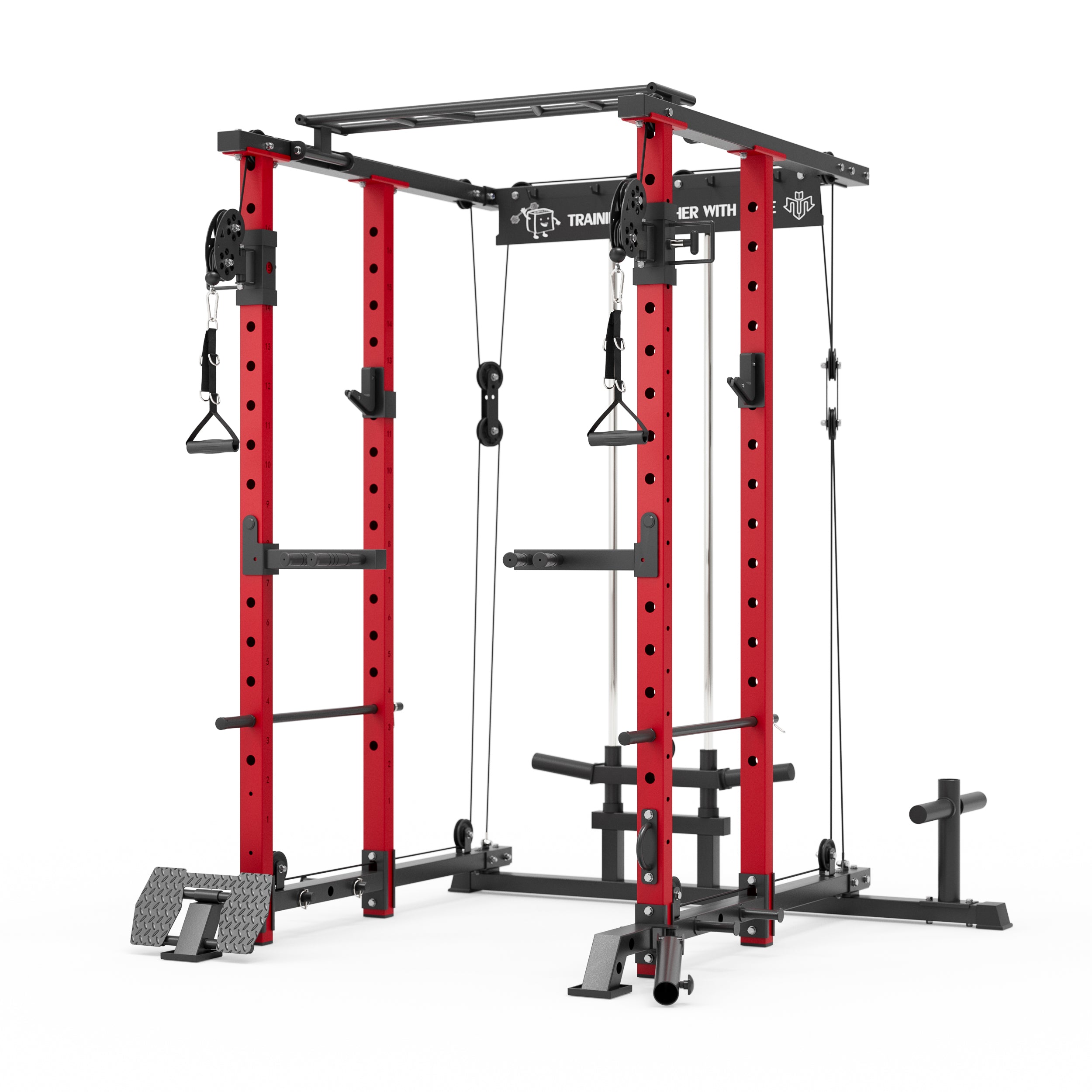


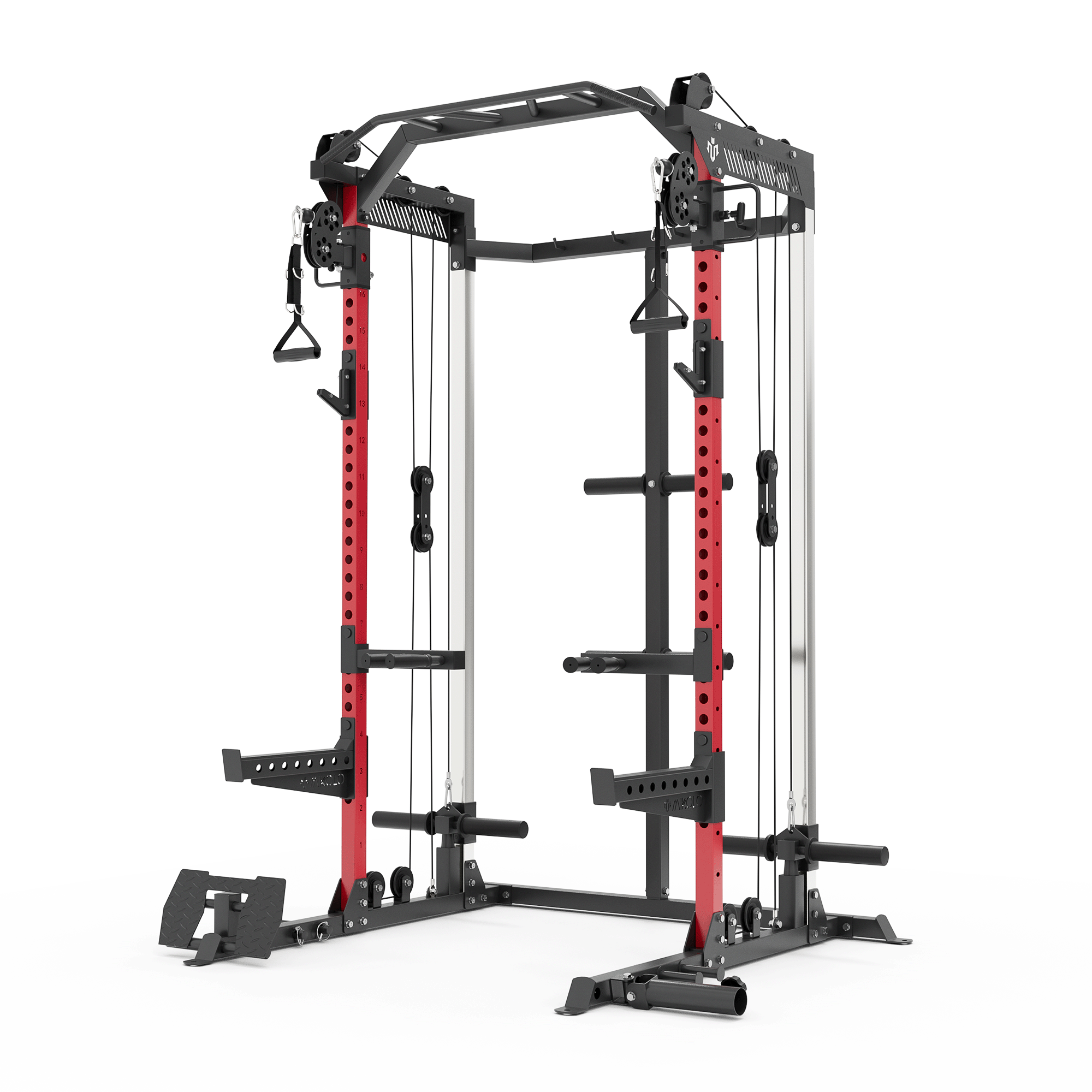




















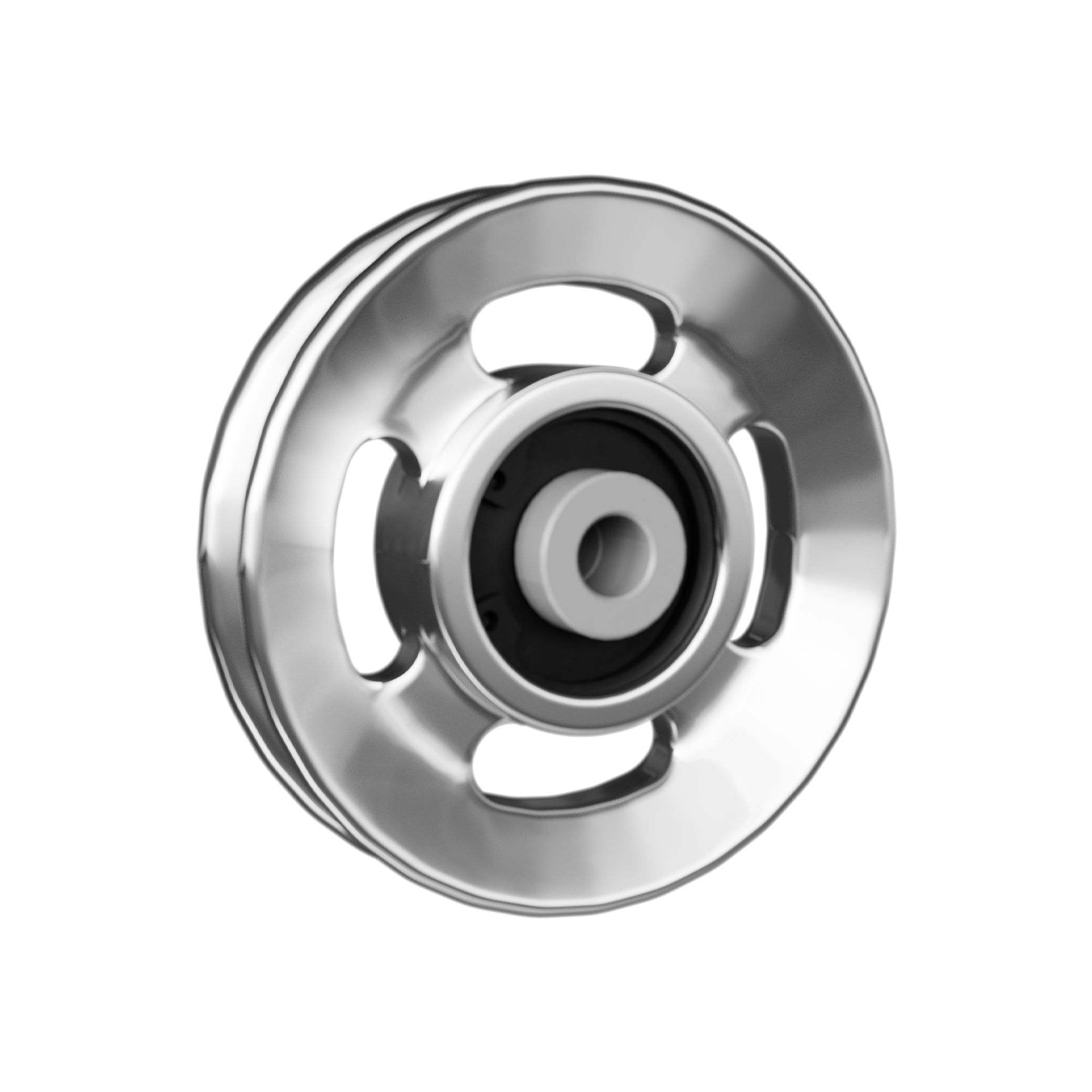



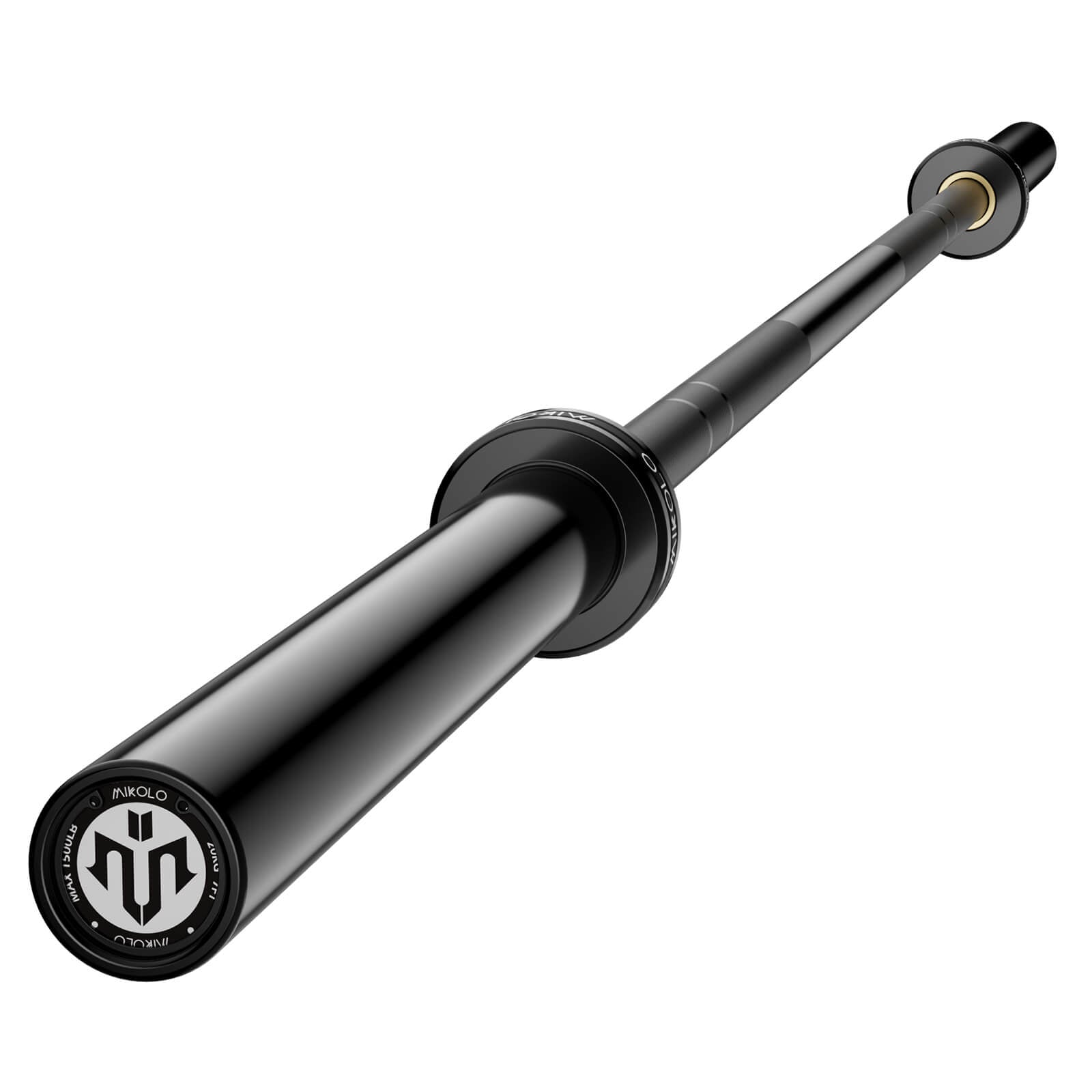




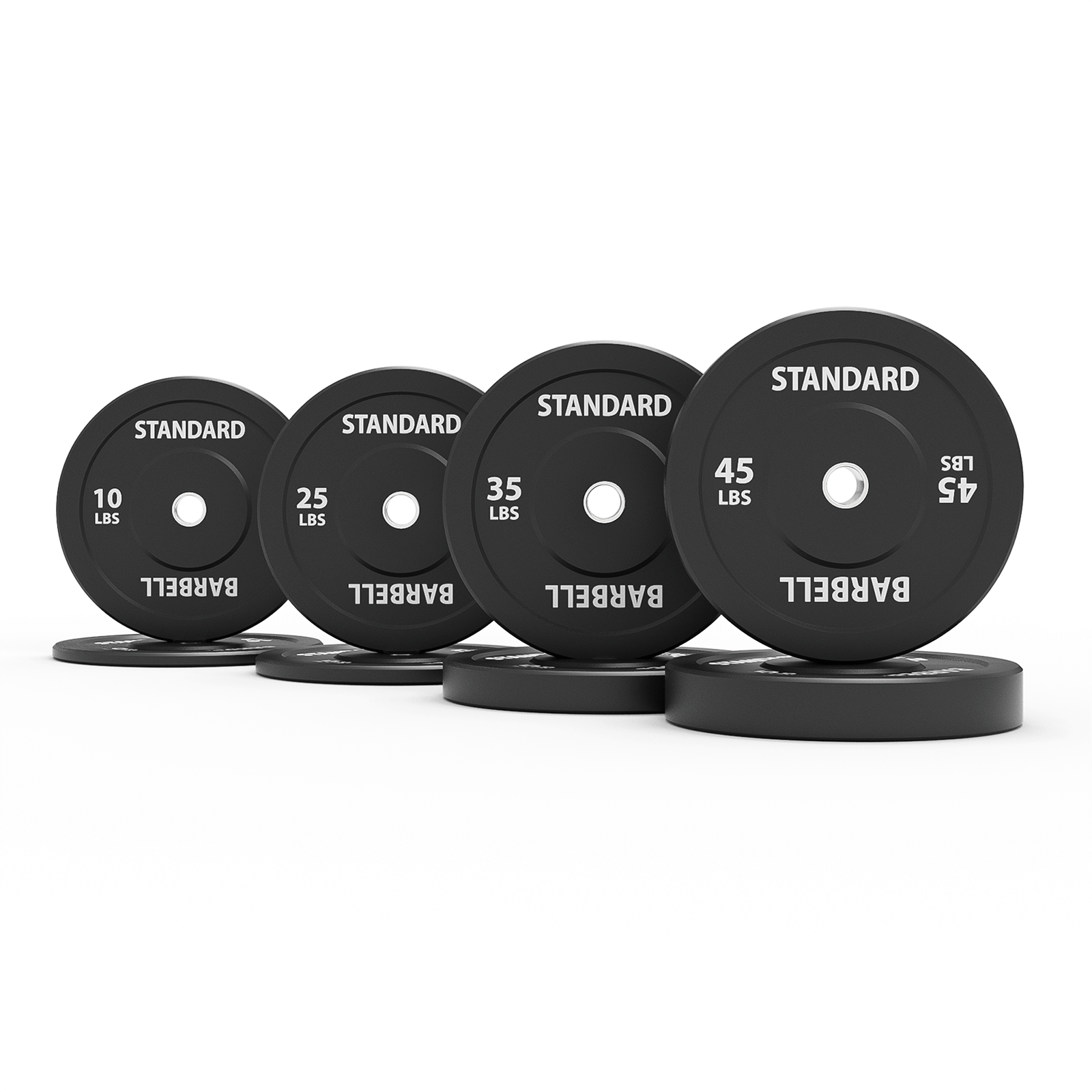




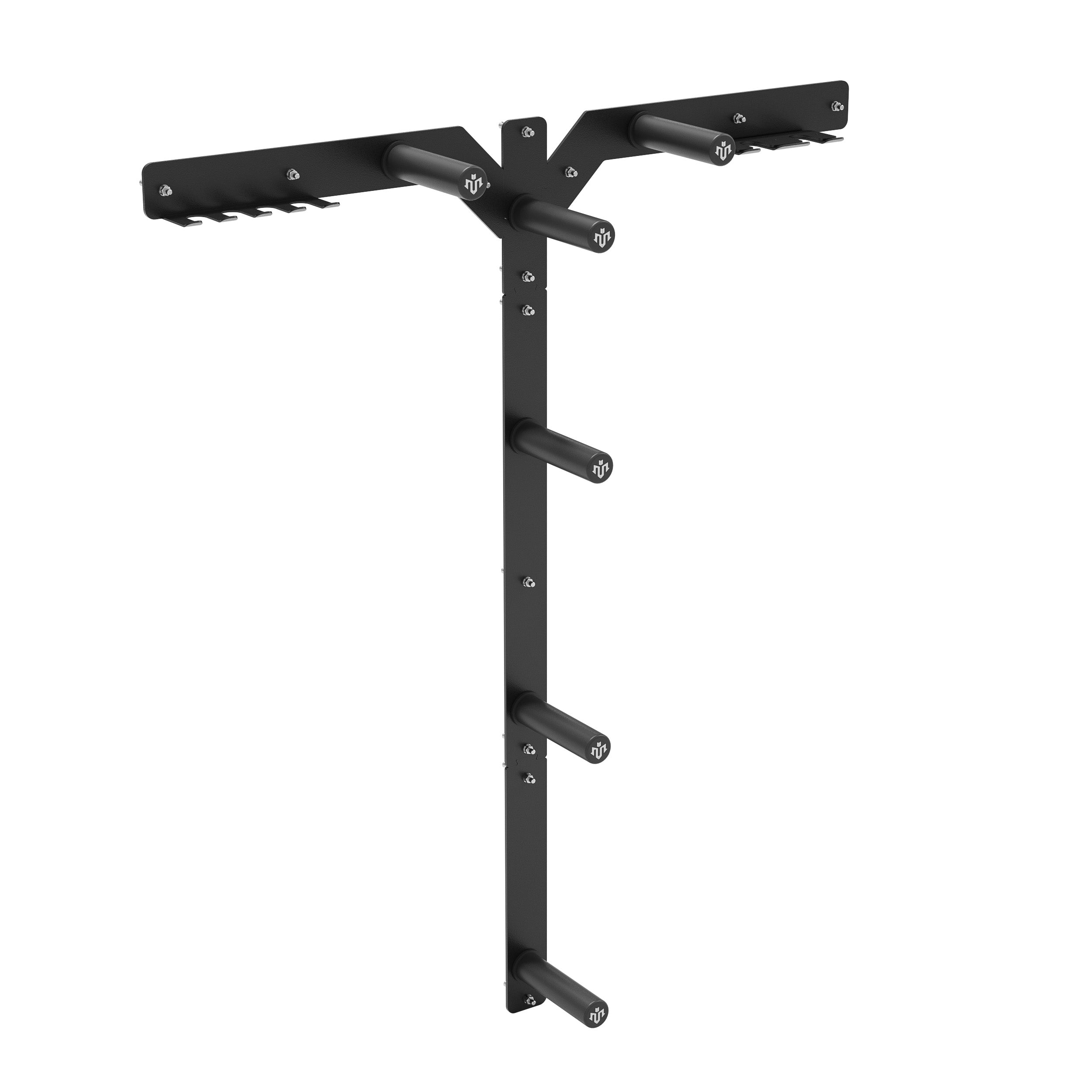





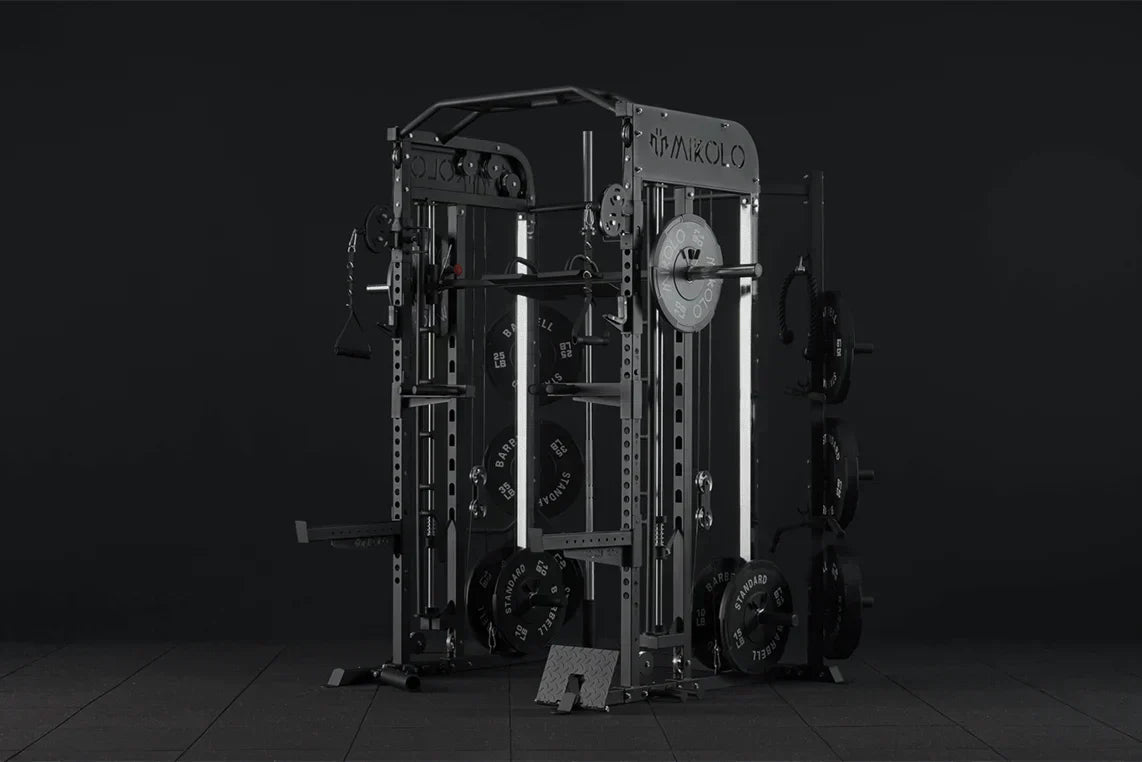
Leave a comment
This site is protected by hCaptcha and the hCaptcha Privacy Policy and Terms of Service apply.